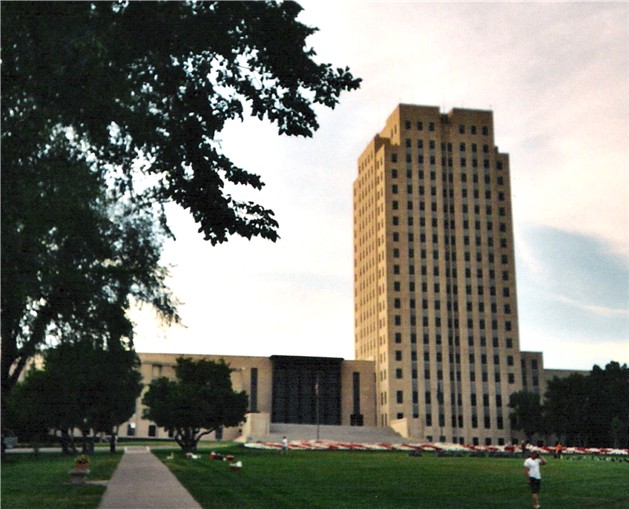The North Dakota State Legislature passed a bill, Senate Bill 2163 (SB 2163), to require the language that voters see on a ballot for a statewide measure to be written in “plain, clear, understandable language using words with common, everyday meaning.” Gov. Doug Burgum (R) signed SB 2163 on March 23. In North Dakota, the secretary of state, in consultation with the attorney general, is responsible for writing the ballot language.
State Rep. Jorin Johnson (R-41) said, “Plain language is a way of writing that uses smaller words and shorter sentences. This helps people understand the main ideas more clearly without inflated vocabulary and convoluted sentence construction.”
State Sen. Judy Lee (R-13), who voted against the bill, said, “As one of our people who testified said, ’It’s a noble goal, but ‘readable’ is in the eye of the beholder.’ … There are no definitions for some of the words used in the bill like ‘common everyday meaning’… It’s just extremely hard to define.” In the House, the vote was 84-9. In the Senate, the vote was 27-20.
Since 2017, Ballotpedia has scored the ballot questions of the eight statewide measures on the ballot in North Dakota using a formula called the Flesch-Kincaid Grade Level (FKGL), which is a score equivalent to the estimated number of years of U.S. education required to understand a text. Scores ranged from 11 to 21, with an average score of 16. Sixteen is equivalent to a four-year college education in the U.S. The average score between 2017 and 2022 for state ballot measures across the U.S. was 18.
SB 2163 is the 10th ballot measure law change that Ballotpedia has tracked in 2023. Earlier in March, Arkansas increased the distribution requirement for initiative petition signatures and South Dakota moved the deadline for signatures after a court struck down the previous deadline. At least 280 bills regarding ballot measures or recall policies have been introduced during the 2023 legislative session as of March 24.
Additional reading:


